SAIC graduates share 18 visions of utopia as part of Sight Unseen's online exhibition
For their graduation projects, students from the School of the Art Institute of Chicago (SAIC) have designed products to reflect their idea of a perfect place, shown here as part of VDF x Sight Unseen. The Eighteen Perspectives on Utopia collection was envisioned by members of the university's Whatnot Studio course. Across 18 furniture, homeware The post SAIC graduates share 18 visions of utopia as part of Sight Unseen's online exhibition appeared first on Dezeen.

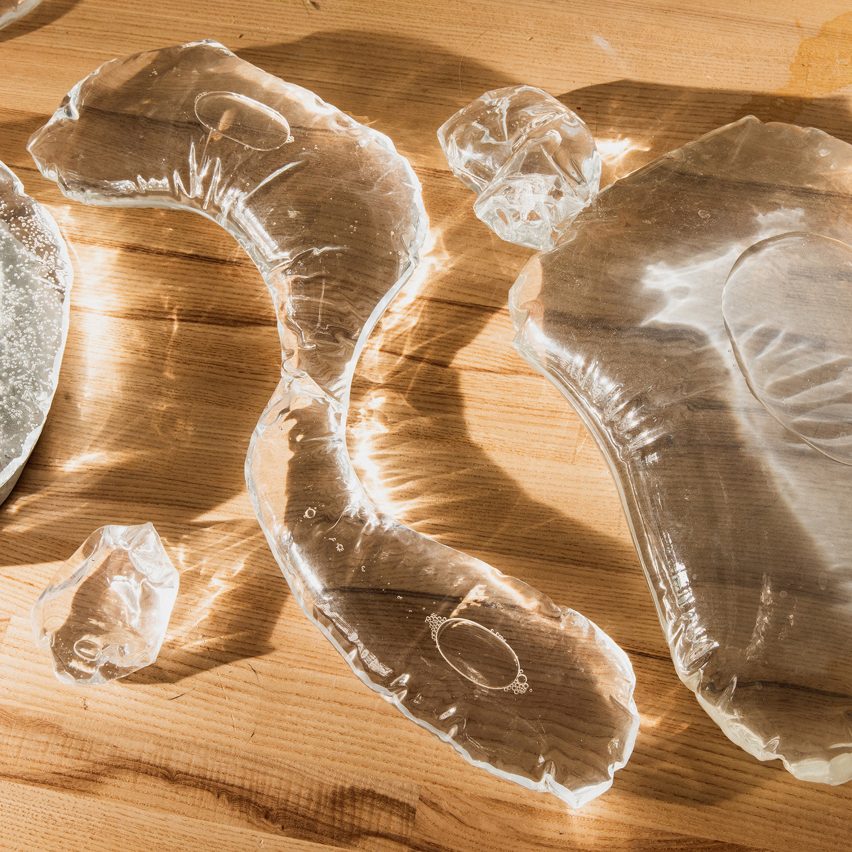
For their graduation projects, students from the School of the Art Institute of Chicago (SAIC) have designed products to reflect their idea of a perfect place, shown here as part of VDF x Sight Unseen.
The Eighteen Perspectives on Utopia collection was envisioned by members of the university's Whatnot Studio course.
Across 18 furniture, homeware and product designs, it explores both our idealised views of a perfect society and how they fall short.
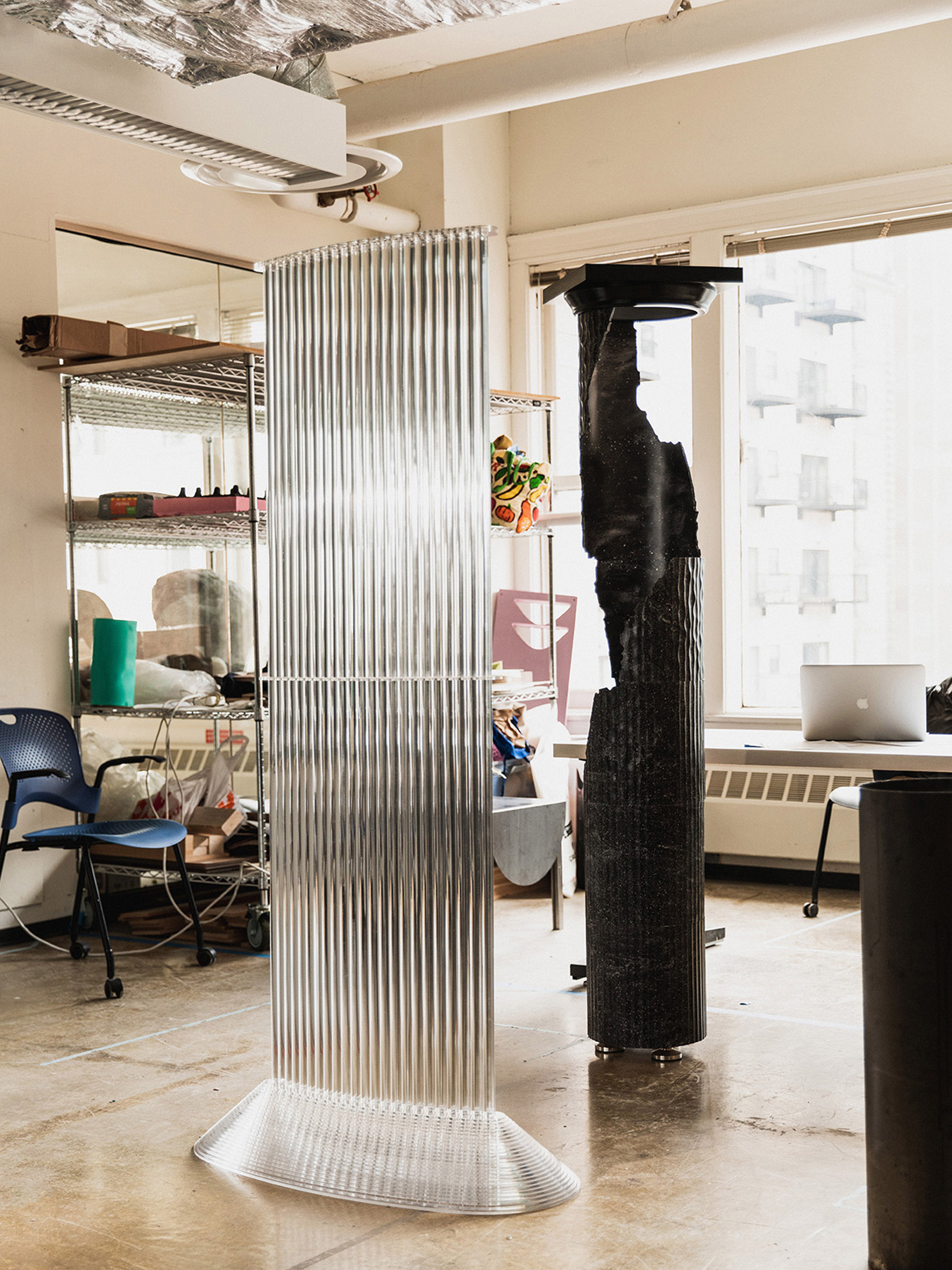
As the coronavirus pandemic has prevented students from accessing their workshops and finishing their projects, the collection is presented here as a work in process, captured by photographer Jonathan Allen in their studio.
"We decided to document the work and space just as we had left it – an in-process array of ambition, intention, and imagination," explained Pete Oyler and Jonah Takagi, who lead the Whatnot Studio course.
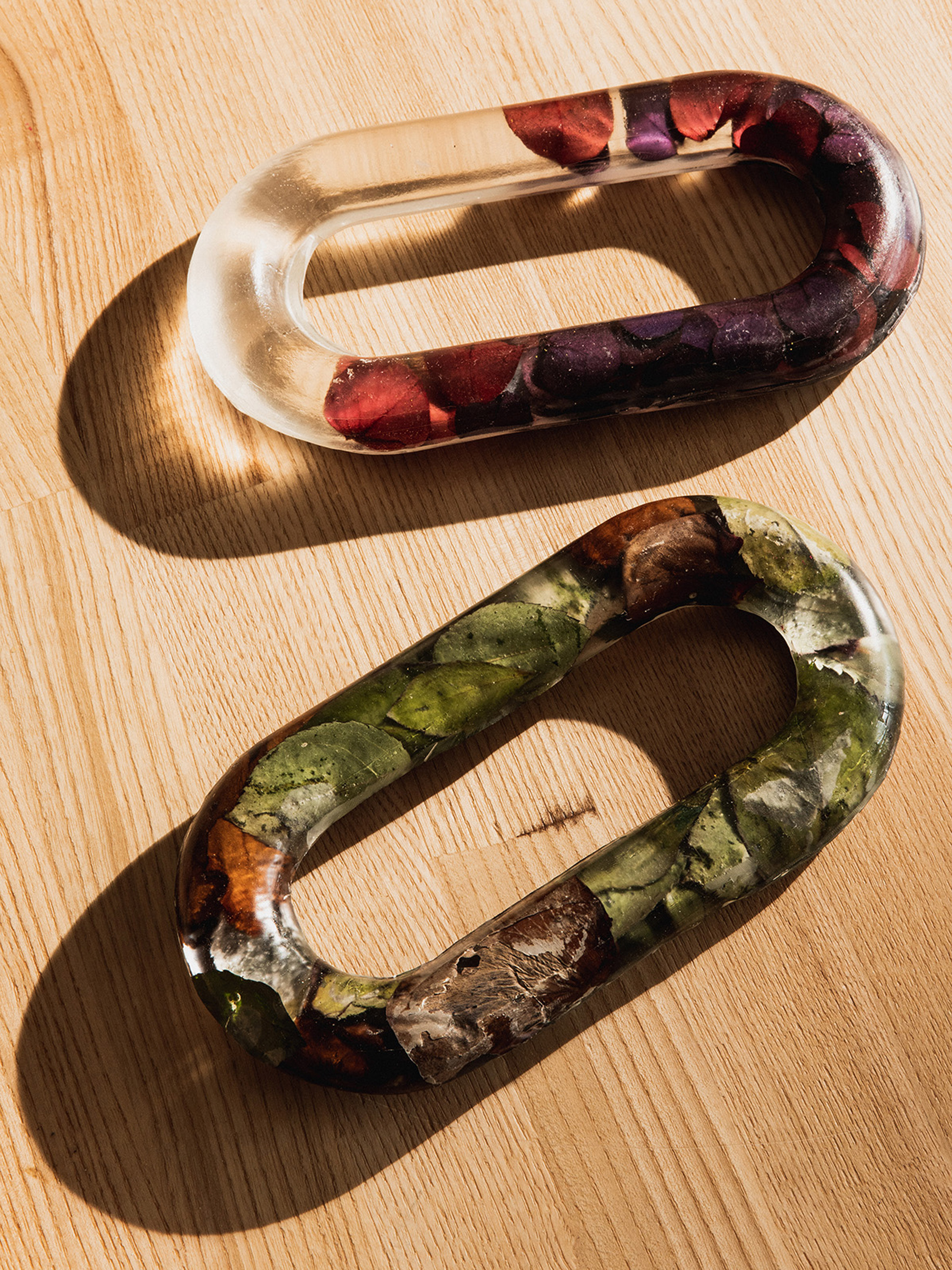
Multiple students explored how gardens have been used in society's across the ages to create a sense of carefully manicured perfection.
Rachel Bergamini's Perennial vases feature fresh flowers captured within clear resin bodies in a nod to how immaculately maintained front lawns acted as signifiers of the idealised, white picket fence community of early American suburbs.
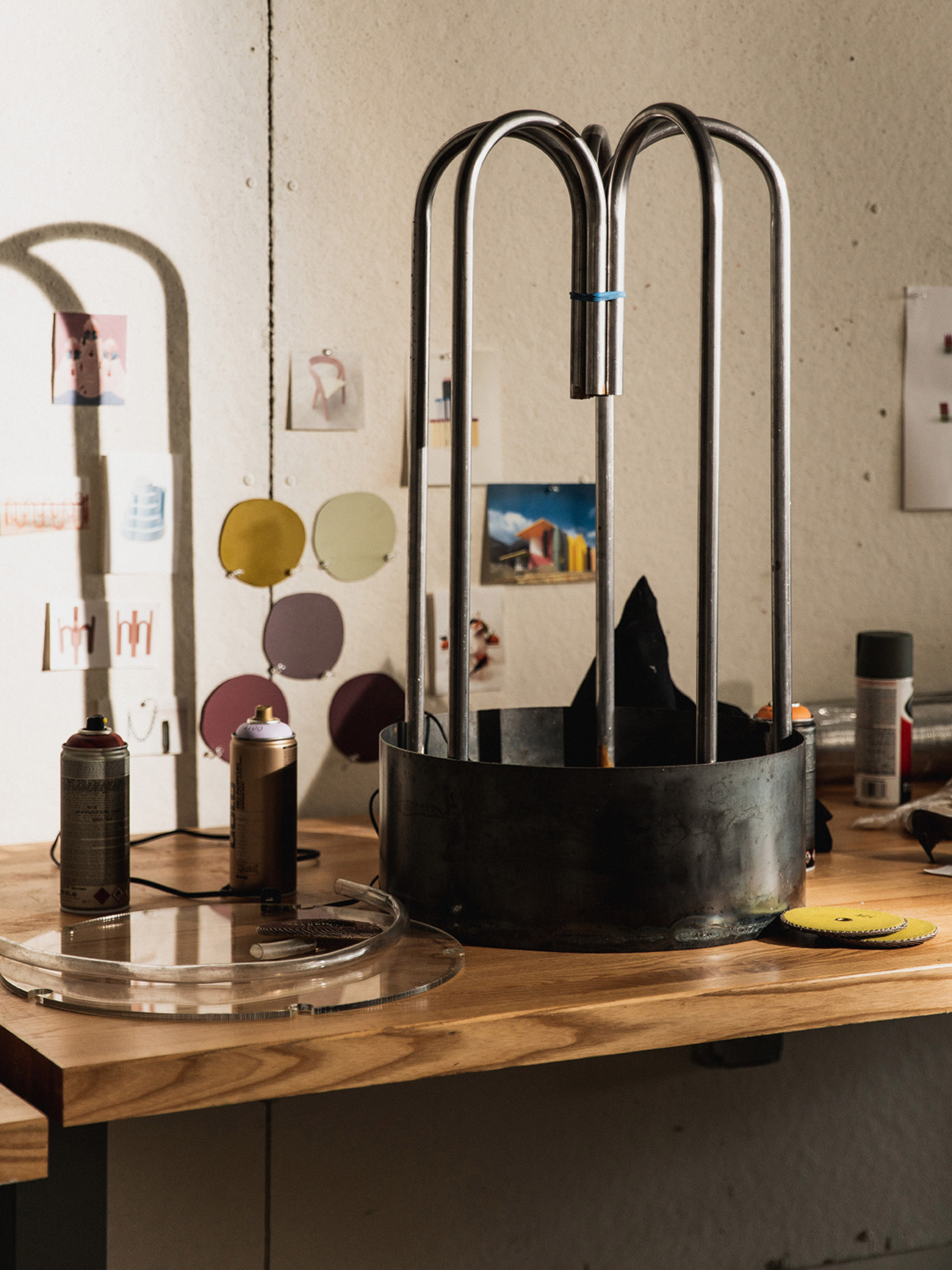
Similarly, Nadia Kiblinsky explored how 15th-century Italian gardens acted as microcosms of the Renaissance ideals of structure and beauty.
But instead of replicating their wasteful, grandiose fountains, she designed her Inverse Fountain to feeds water back into its own, cyclical system through arched steel tubes.
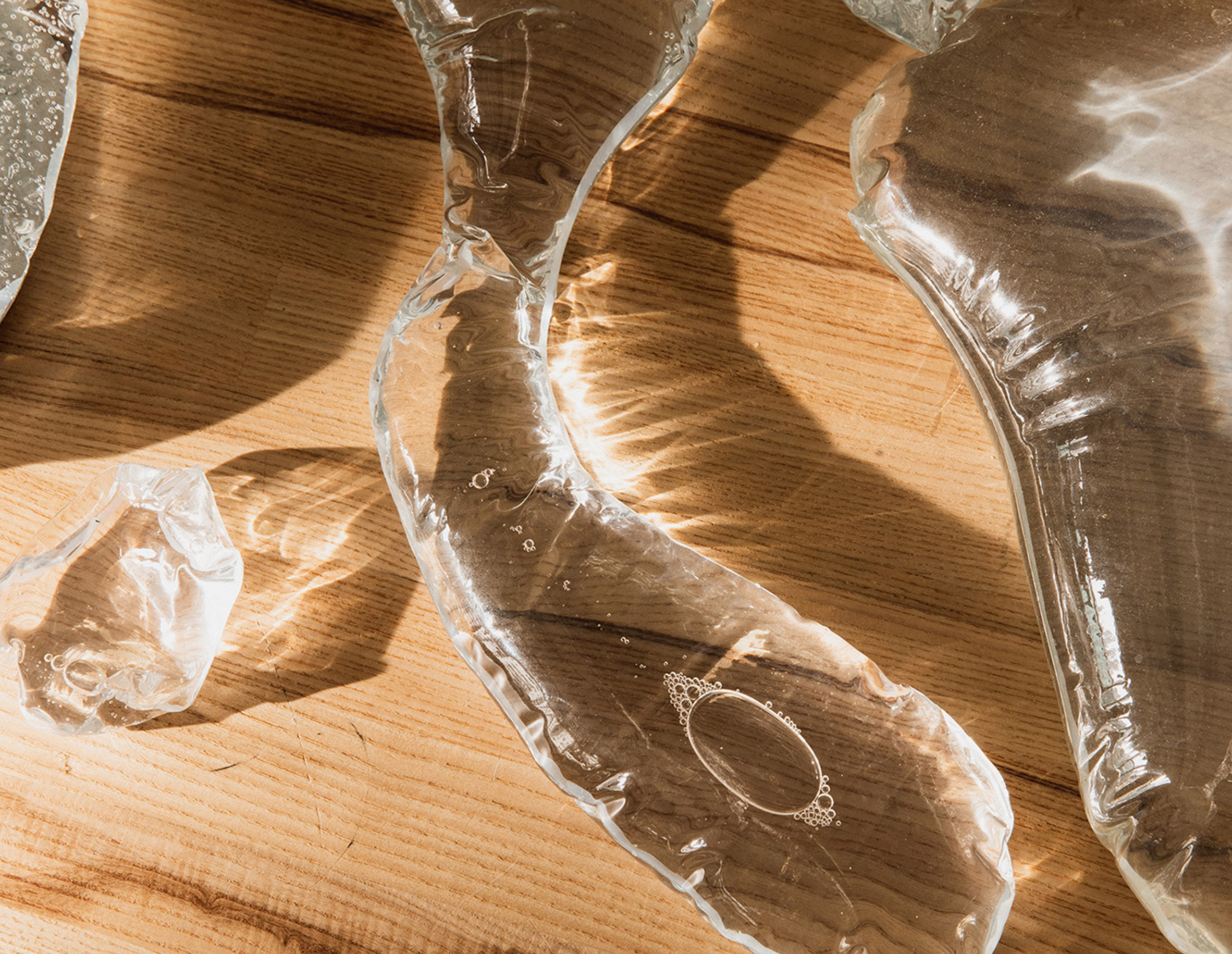
Our reliance on natural resources is also referenced in Shengxun Lin's Hard Water project (pictured top), which sees purified water encased in individual, transparent vinyl units.
This highlights the utopian ideal of easy, equal access to clean water and the dystopic reality of water contamination in modern America, as evidenced in the famous case of Flint, Michigan and its lead-infested water supply.
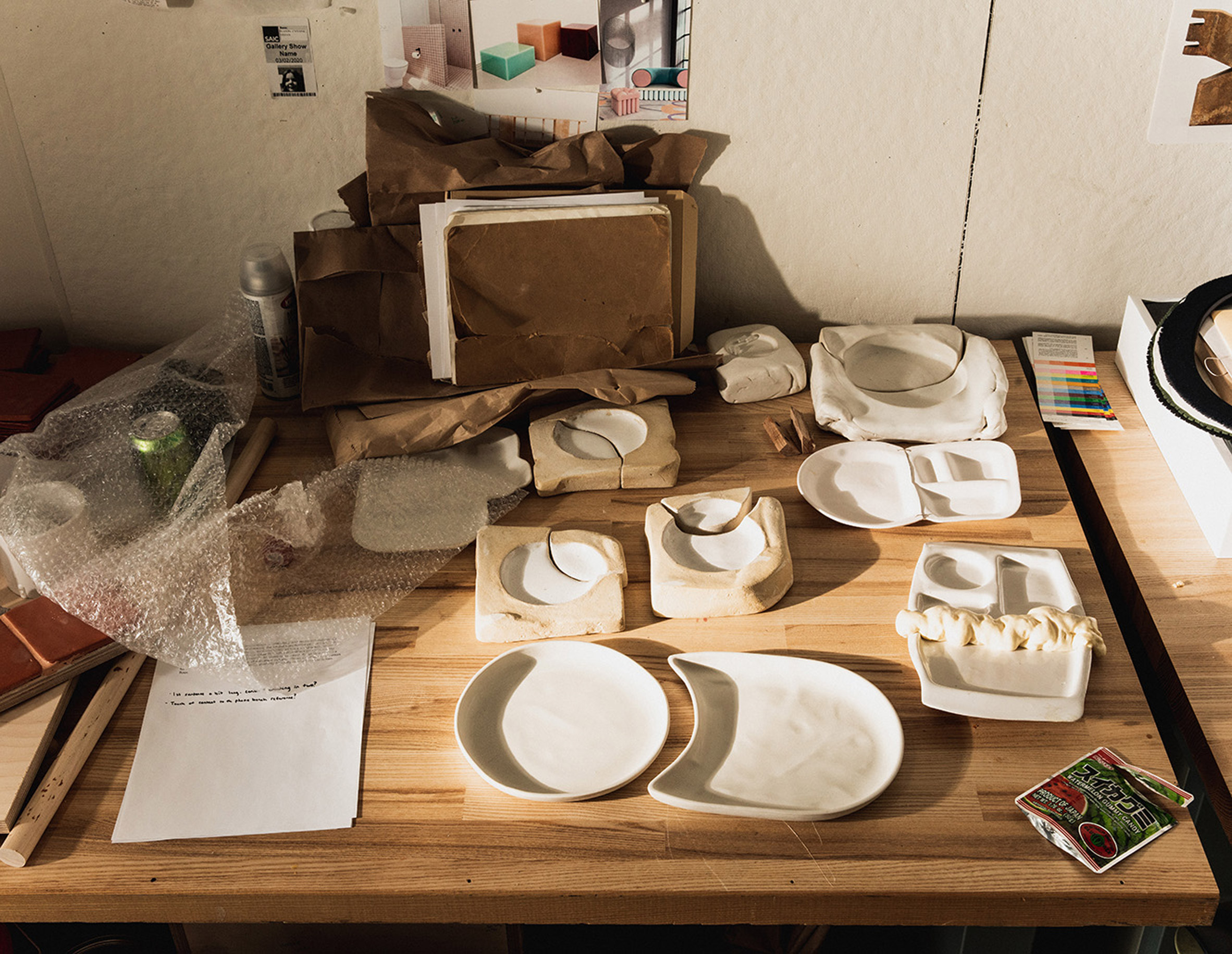
Various students also looked at utopian ideas in food, with Lola Dement Myers creating a porcelain dinner set, which encourages communal dining rather than enforcing an idealised, individualistic eating etiquette.
Rio Chen, meanwhile, chose to highlight the issue of over-packaging and plastic waste within the narrative of abundance and enjoyment in modern fast-food culture.
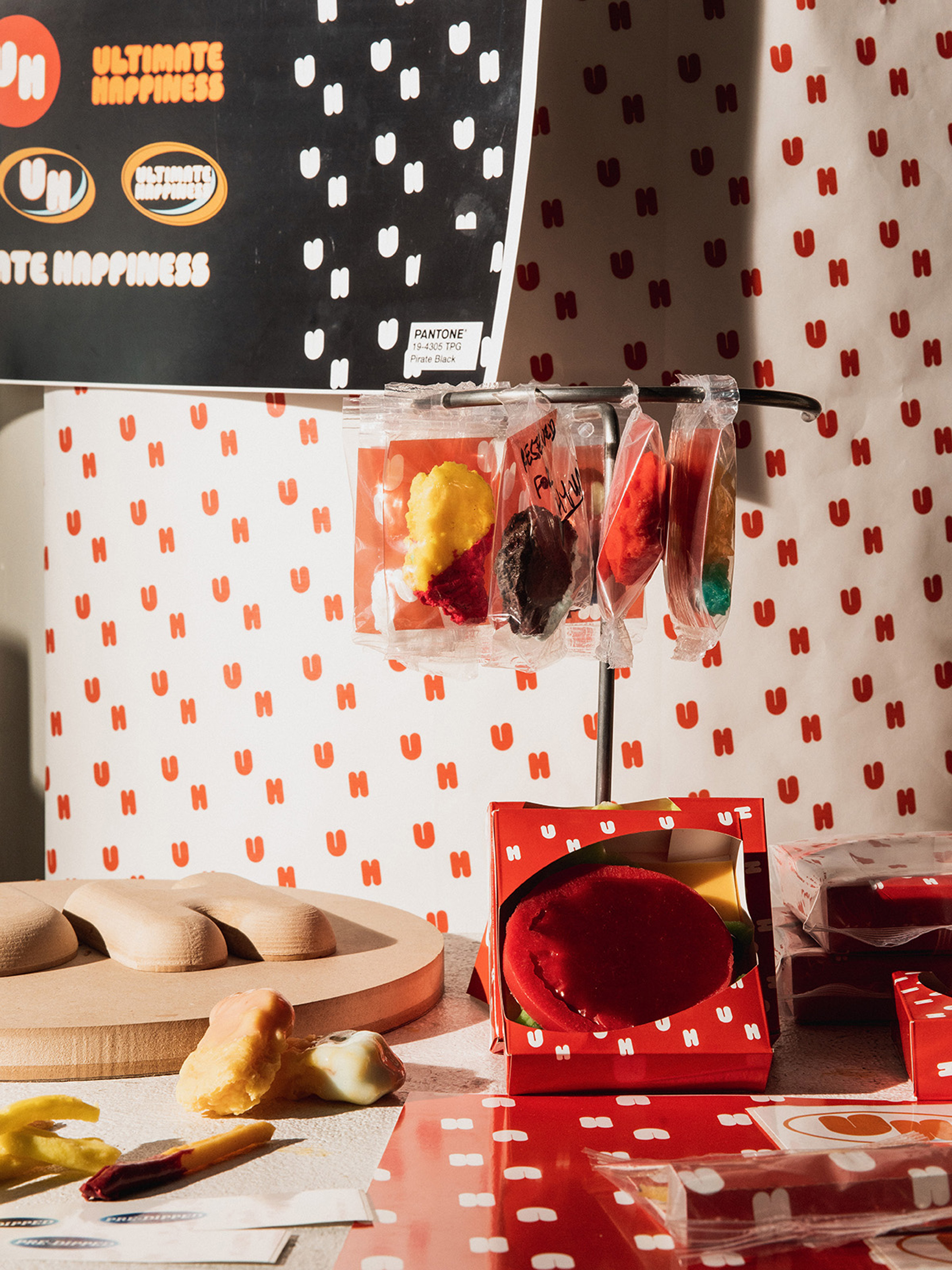
Others looked to architecture, such as Sheldon Bess who reimagined neoclassical columns to reflect not just America's history of white supremacy but also its steady decline.
Another student, Paula Moreno, created a material using concrete and salt, to illustrate the contradiction between a static, solid building material and the fragile, ever-changing nature of utopian ideals.
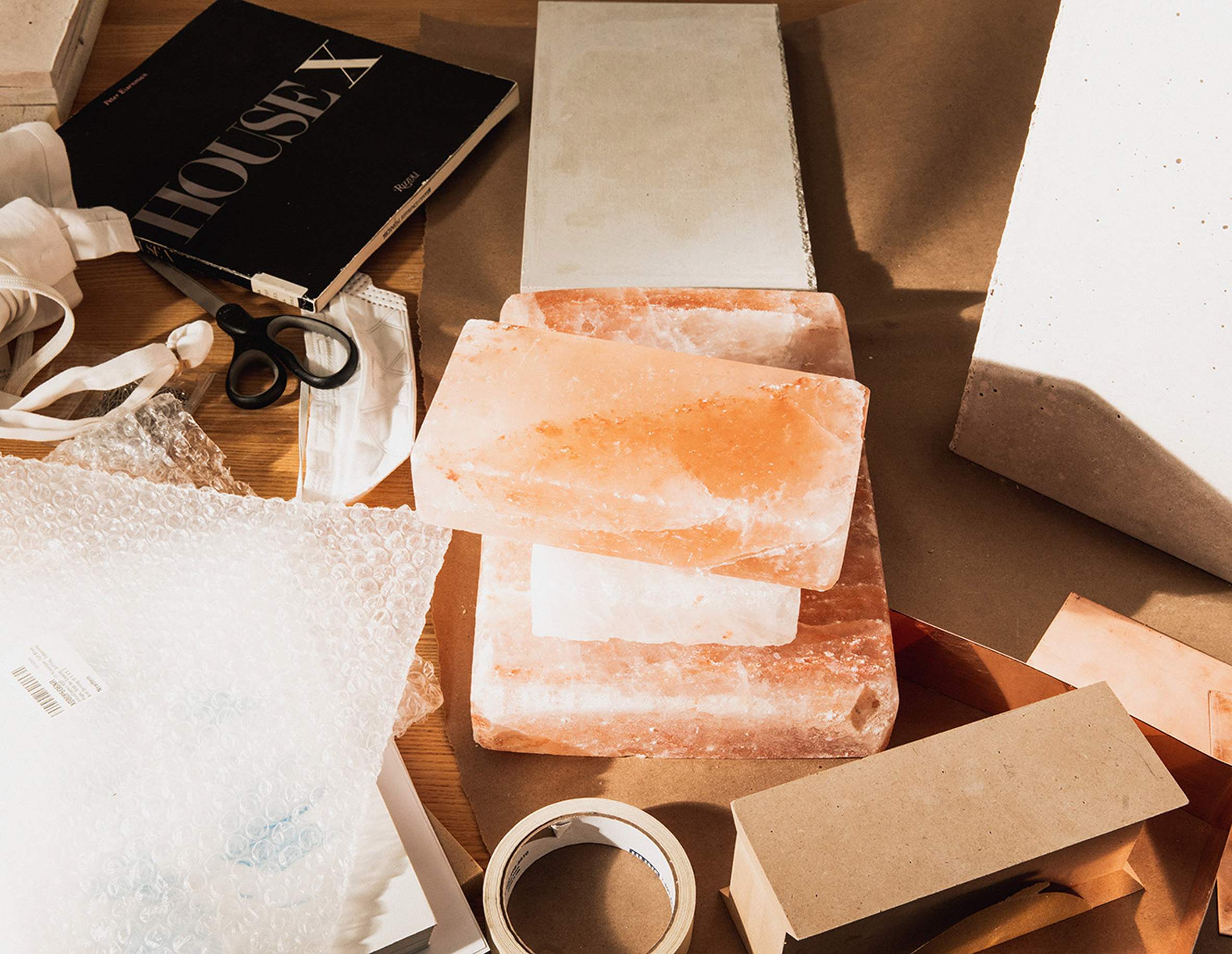
Several projects toy with ideas of perception, to suggest that someone's idea of utopia is always based on their specific point of view.
Design duo Sam Link and Tim Karoleff's EULA Screen is a room divider made from clear, lenticular lenses which reflect different perspectives.
And the Mirrerror project by Nicolas John is a dysfunctional mirror that blurs the viewer's direct reflection but leaves their peripheral vision clear, in a critique of our overemphasis on the individual over the community.
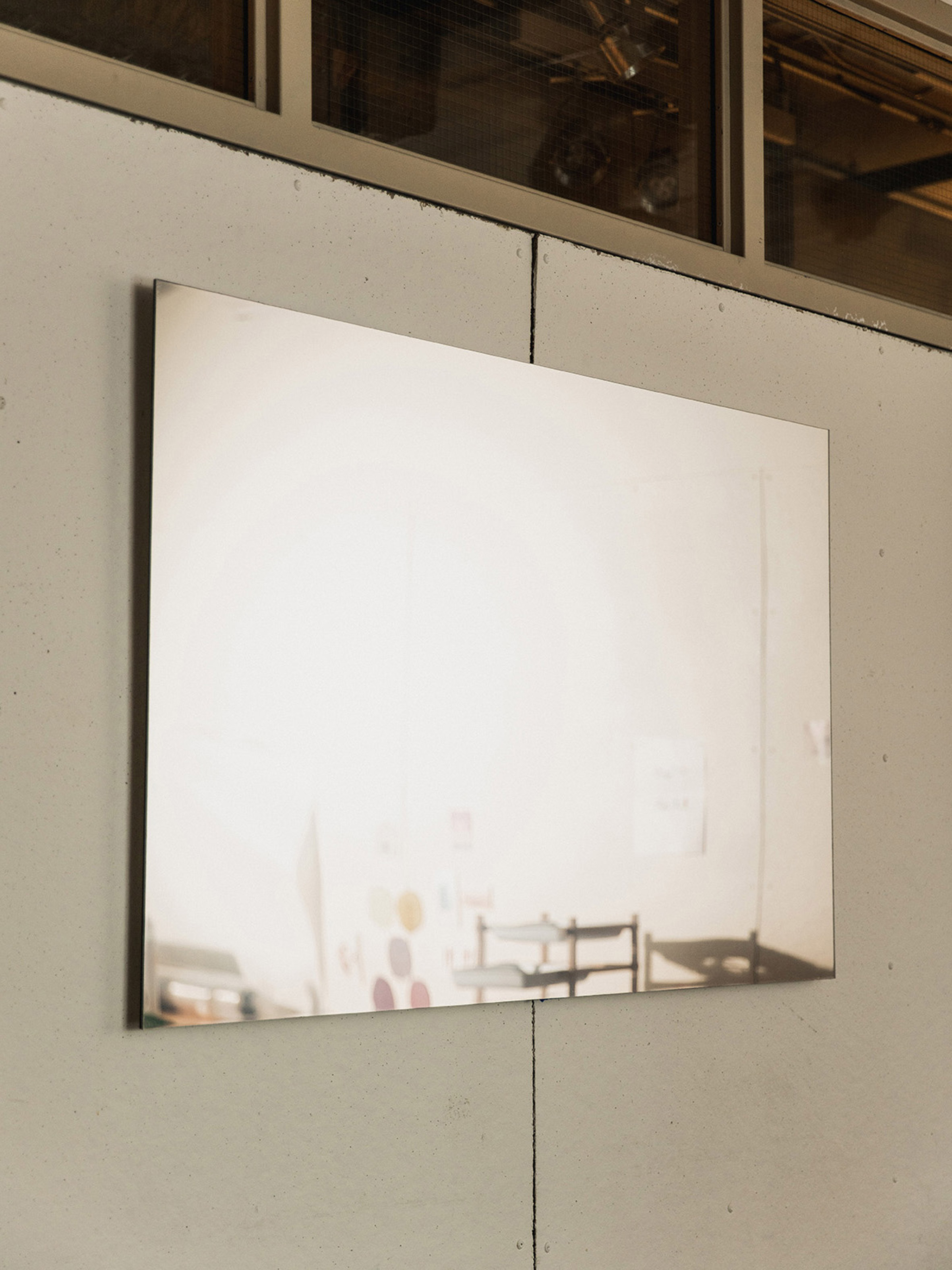
Others examined how notions of utopia are entangled with labour, with Hans Hwang emphasising the beauty of an organised workspace via his four-tiered Array Tray.
Kazuki Guzmán gave a new shape to the modern claw hammer, reimagining it with L-shaped or prismatic heads and colourful patination. The project is a rallying cry against automation and instead for an ideal world where hard work and time are valued above all.

Jessie Stone explored utopia in the home, creating a seating design clad in a strict grid of handmade tiles to show how hand-crafted object defy the ideals of uniformity.
Finally, Grace Jeon's Kerfed Rack was conceptualised based on the strict uniforms often adhered to in utopian cults in order to foster a sense of community.
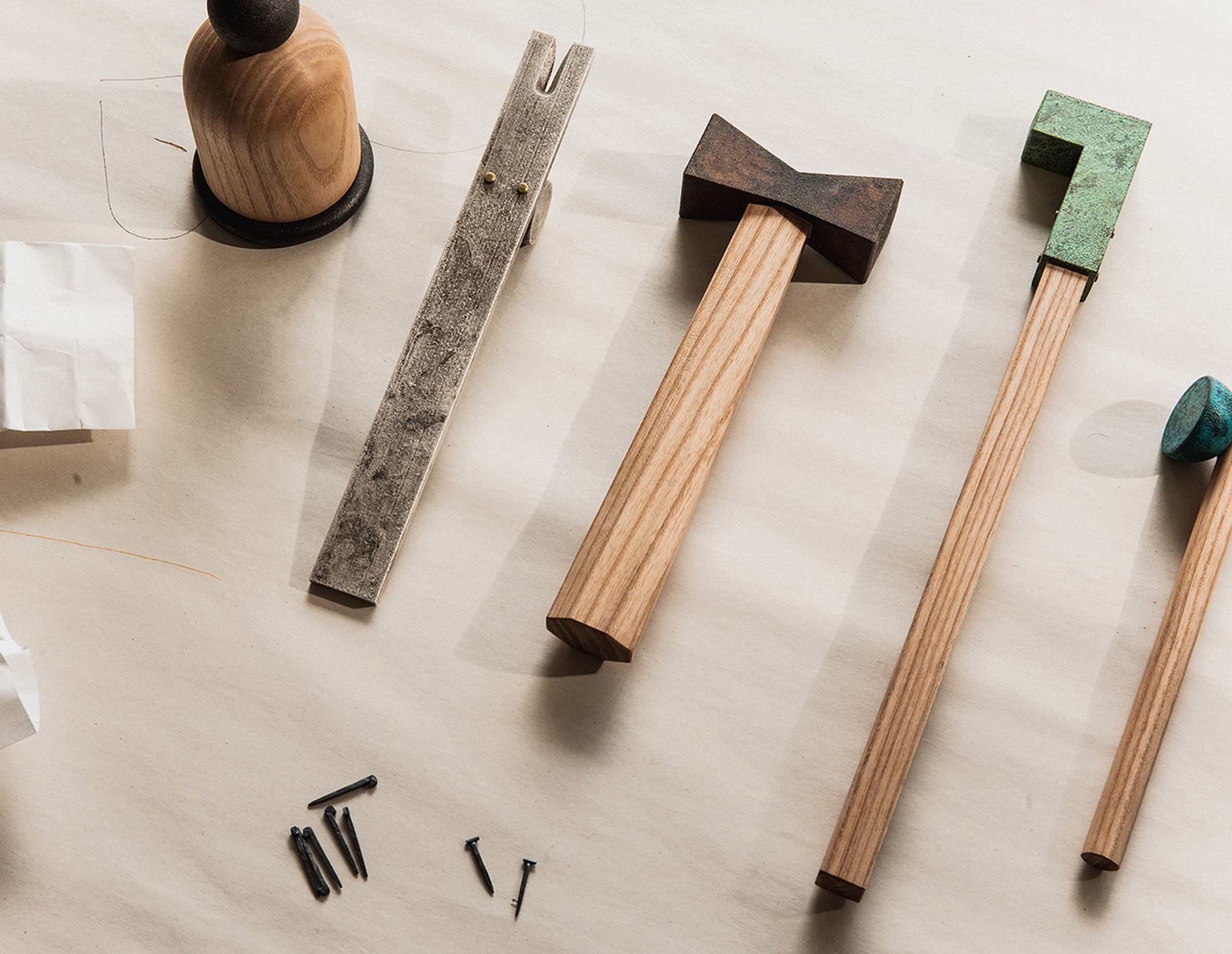
The curved rail allows each item of clothing hang in a different and unique way, to suggest that there is no such thing as perfection.
Whatnot Studio is a course within SAIC's Designed Objects programme, which focuses on creative enquiry and iterative design.
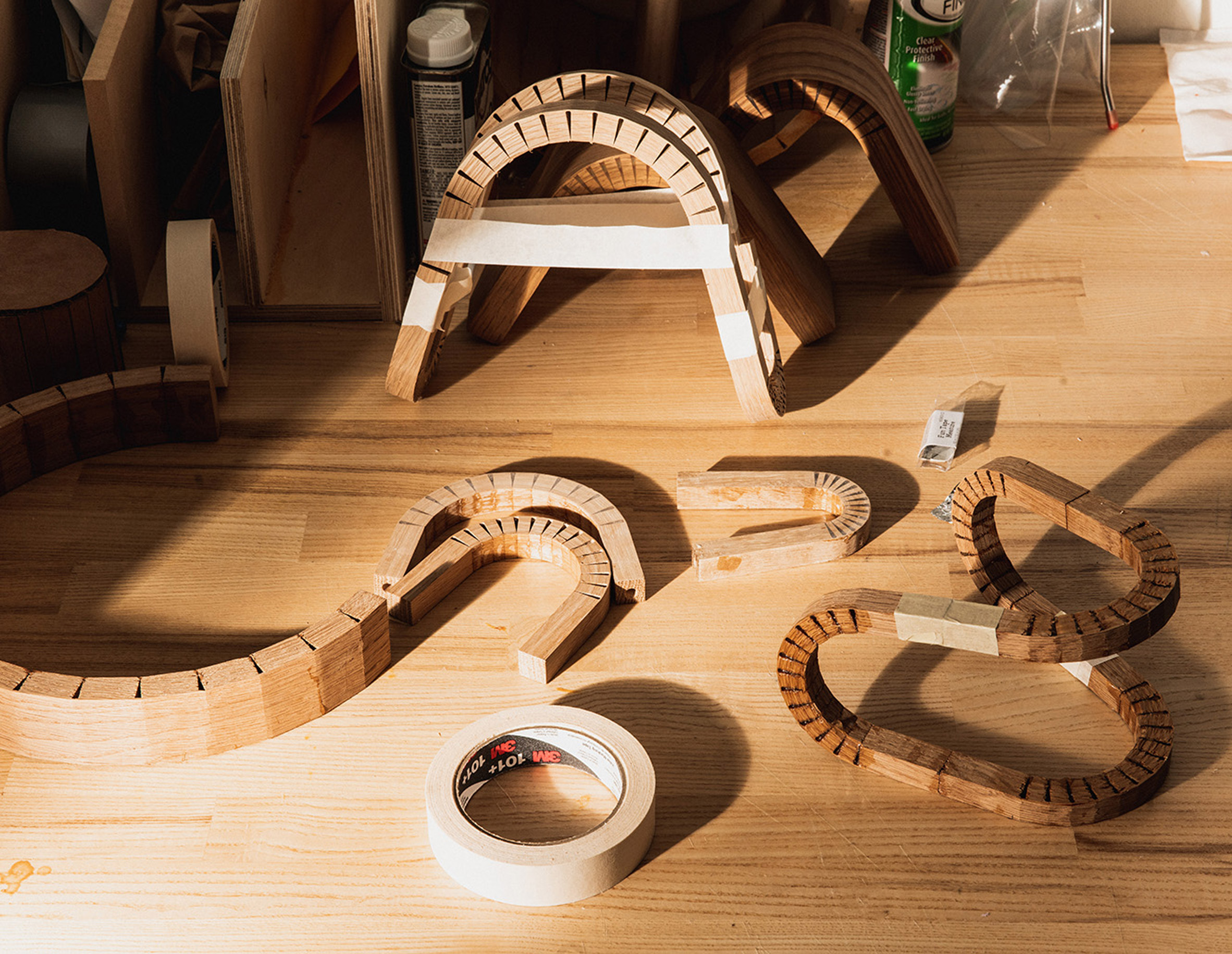
VDF x Sight Unseen
Exhibitor: School of the Art Institute of Chicago
Project title: Eighteen Perspectives on Utopia
Website: whatnotstudio.design
Email: aiado@saic.edu
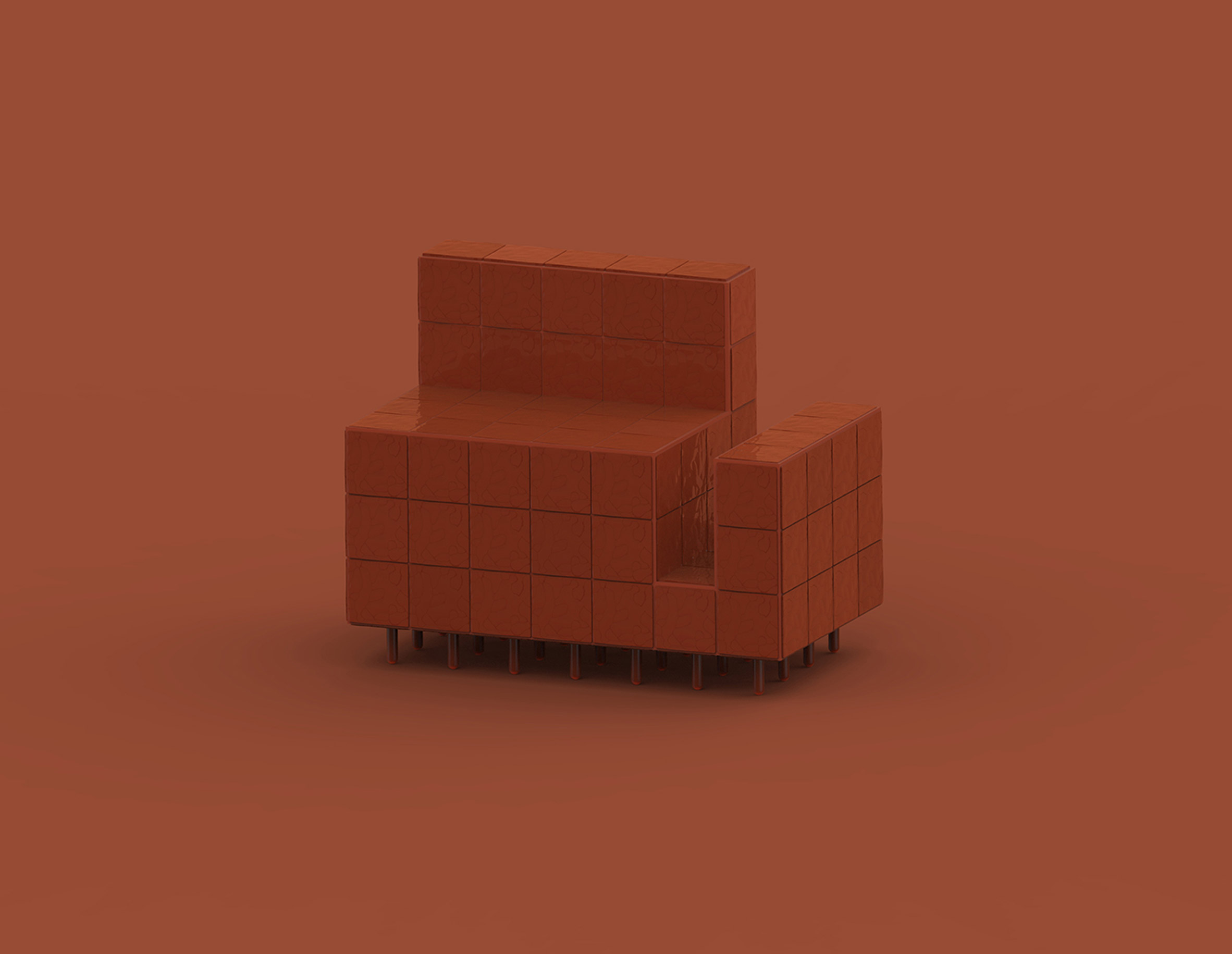
From 15 April to 30 June 2020 Dezeen is playing host to Virtual Design Festival, the world's first online design festival.
Sight Unseen is a New York-based digital magazine that covers design and visual arts, as well as curating exhibitions such as the annual Sight Unseen Offsite event.
The VDF x Sight Unseen collaboration presents projects by 51 international designers as an extension of this year's virtual Offsite Online exhibition.
The post SAIC graduates share 18 visions of utopia as part of Sight Unseen's online exhibition appeared first on Dezeen.
